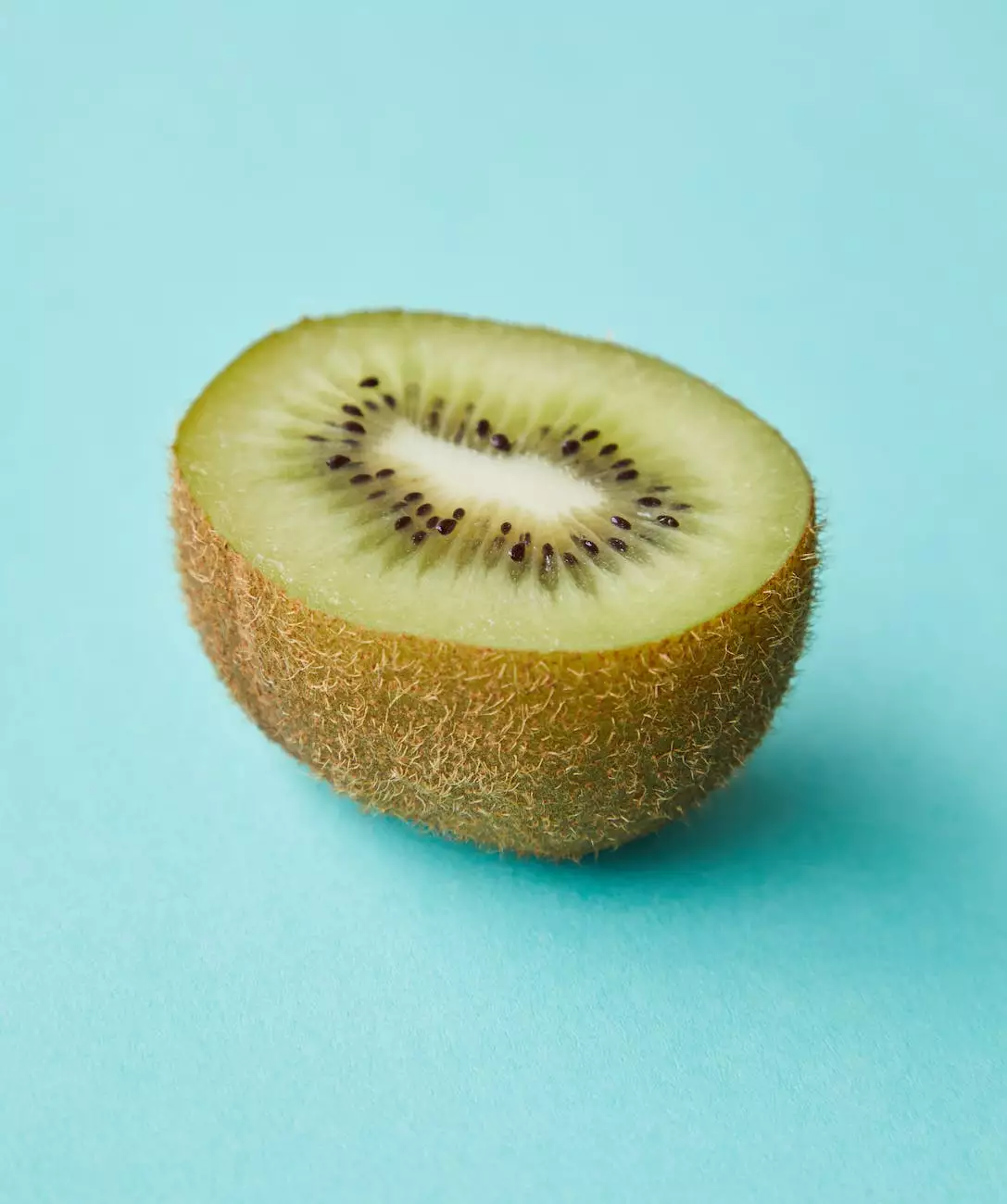Understanding Seasonal Hair Loss

Introduction
Thank you for visiting Smith, Arthur F, MD, your trusted source for valuable health information. In this comprehensive guide, we will delve into the topic of seasonal hair loss and provide you with all the information you need to understand this common condition.
What is Seasonal Hair Loss?
Seasonal hair loss, also known as telogen effluvium, is a reversible type of hair loss that occurs due to disruptions in the hair growth cycle. It is typically characterized by excessive shedding of hair during particular seasons, most commonly in the fall and spring. Although it can be distressing, seasonal hair loss is usually temporary and the hair eventually regrows.
Causes of Seasonal Hair Loss
Various factors contribute to seasonal hair loss, and understanding them is crucial to managing and treating the condition effectively. Some common causes include:
1. Changes in Daylight Duration
The changing seasons affect the amount of daylight we receive. This alteration in light exposure can trigger hormonal changes in the body, ultimately leading to hair loss.
2. Seasonal Changes in Diet
During different seasons, our dietary habits may vary. Nutritional imbalances resulting from seasonal diet changes can impact hair health and contribute to increased shedding.
3. Stress and Seasonal Affective Disorder (SAD)
Seasonal hair loss may be linked to stress, particularly during the colder months when individuals may experience Seasonal Affective Disorder (SAD). These emotional and psychological factors can disrupt the hair growth cycle.
4. Hormonal Fluctuations
Hormonal changes, such as shifts in estrogen and progesterone levels, can occur with season changes and may influence hair follicle activity, leading to increased hair shedding.
Symptoms of Seasonal Hair Loss
Recognizing the signs and symptoms of seasonal hair loss can help you identify the condition early on. Some common symptoms include:
- Increased hair shedding - You may notice more hair strands in your brush, shower drain, or on your pillowcase.
- Thinning hair - The overall volume and density of your hair may appear reduced.
- Visible scalp - Areas of the scalp may become more visible as a result of hair loss.
- Changes in hair texture - The texture and quality of your hair may change, becoming dull or more prone to breakage.
Treatment Options
While seasonal hair loss is typically self-correcting, there are several treatment options available to help promote hair regrowth and manage the condition:
1. Maintain a Healthy Diet
Consuming a balanced diet rich in vitamins, minerals, and proteins can support hair health and minimize hair loss. Incorporate foods such as leafy greens, nuts, lean meats, and eggs into your diet.
2. Manage Stress Levels
Implement stress management techniques such as exercise, meditation, or therapy to reduce the impact of stress on your hair and overall well-being.
3. Avoid Hairstyling Damage
Be gentle with your hair and avoid excessive heat styling, chemical treatments, and tight hairstyles that may cause additional damage and breakage.
4. Use Gentle Hair Care Products
Opt for mild and sulfate-free hair care products that nourish and hydrate the scalp and hair without causing further damage or irritation.
5. Consult a Dermatologist
If you are experiencing severe or persistent hair loss, it is recommended to consult a dermatologist or hair specialist who can assess your condition and recommend appropriate treatment options such as topical medications or supplements.
Conclusion
Seasonal hair loss is a common phenomenon that affects many individuals. Understanding the causes, symptoms, and treatment options can help you effectively manage and minimize the impact of this condition on your hair health. Remember, if you have concerns or questions, it is always advisable to seek professional medical advice for personalized guidance.
Thank you for choosing Smith, Arthur F, MD as your trusted source of health information. Stay informed, stay healthy!




